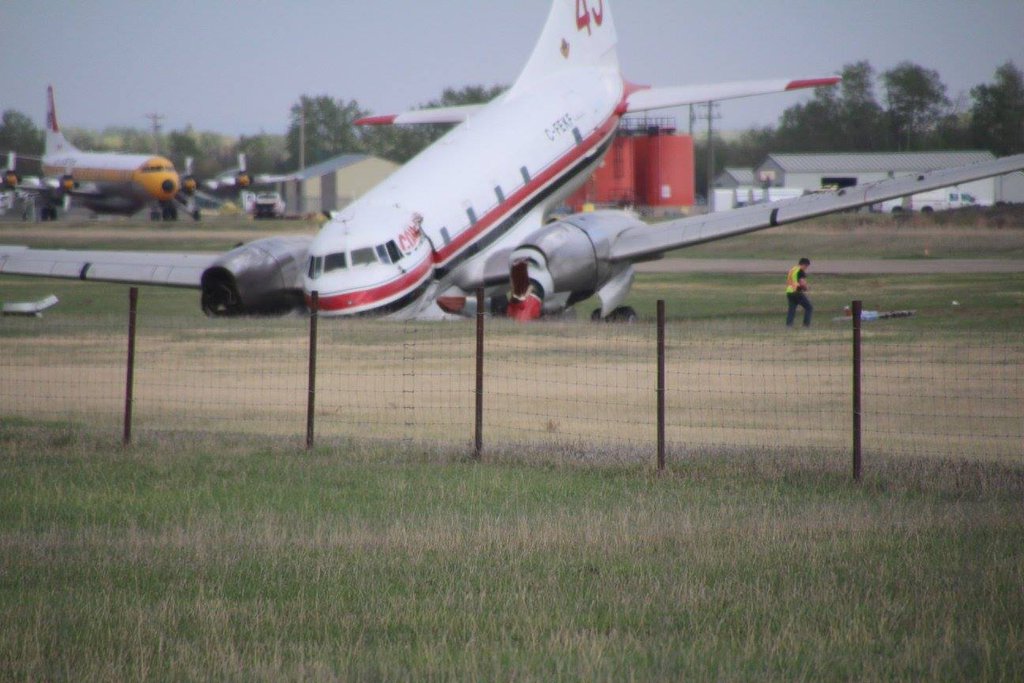Region
Crash of a Beechcraft 200 Super King Air in Iqaluit
Date & Time:
Jul 17, 2016 at 1217 LT
Registration:
C-FCGW
Survivors:
Yes
Schedule:
Iqaluit - Iqaluit
MSN:
BB-207
YOM:
1977
Flight number:
BFF200
Crew on board:
2
Crew fatalities:
Pax on board:
0
Pax fatalities:
Other fatalities:
Total fatalities:
0
Circumstances:
A Beech 200 Super King Air aircraft operated by Air Nunavut as flight 200, was on a training flight at Iqaluit, NU (CYFB) to upgrade a candidate to captain status. A VFR circuit was executed to simulate a flapless landing. While in the circuit, the crew experienced an actual communication failure on COM 1 while two other aircraft were inbound to Iqaluit. At the end of the downwind leg, a flap failure was simulated and the crew carried out the appropriate checklist. However, the landing checklist was not completed and the aircraft landed with the landing gear in the up position on runway 16. The aircraft skidded on the belly and came to a stop on the runway between taxiway A and G. The crew declared an emergency and evacuated the airplane with no injuries. The aircraft sustained damage to the belly pod and both propellers.

Crash of a De Havilland DHC-2 Beaver I in Elwyn Creek: 1 killed
Date & Time:
Jul 15, 2016 at 2220 LT
Registration:
C-GWDW
Survivors:
No
Schedule:
Telegraph Creek – Mowdade Lake
MSN:
306
YOM:
1952
Crew on board:
1
Crew fatalities:
Pax on board:
0
Pax fatalities:
Other fatalities:
Total fatalities:
1
Circumstances:
The Beaver floatplane departed Telegraph Creek Water Aerodrome, BC (CAH9) destined for Mowdade Lake, BC, at approximately 2040 PDT on 15 July 2016 on a VFR flight itinerary round-trip with one pilot on board. When the aircraft did not arrive at Mowdade Lake and did not return to CAH9, a search was initiated. The aircraft's wreckage was located at approximately 2000 PDT the following day in a ravine at an elevation of about 5,000 feet near the headwaters of Elwyn Creek, BC. The aircraft was consumed by fire and the pilot was fatally injured.
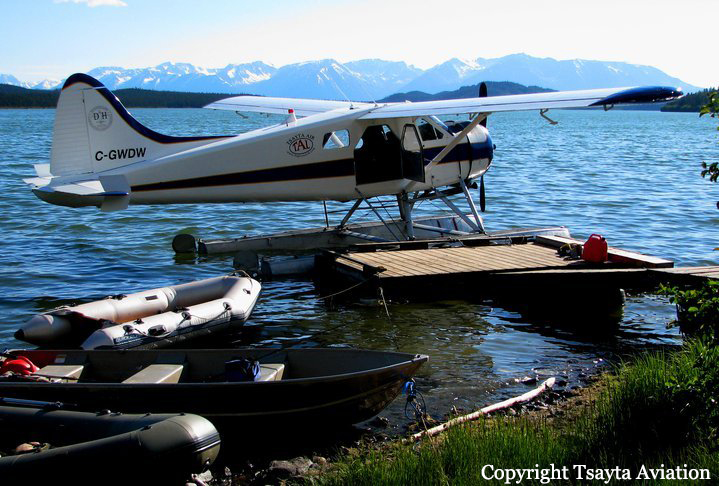
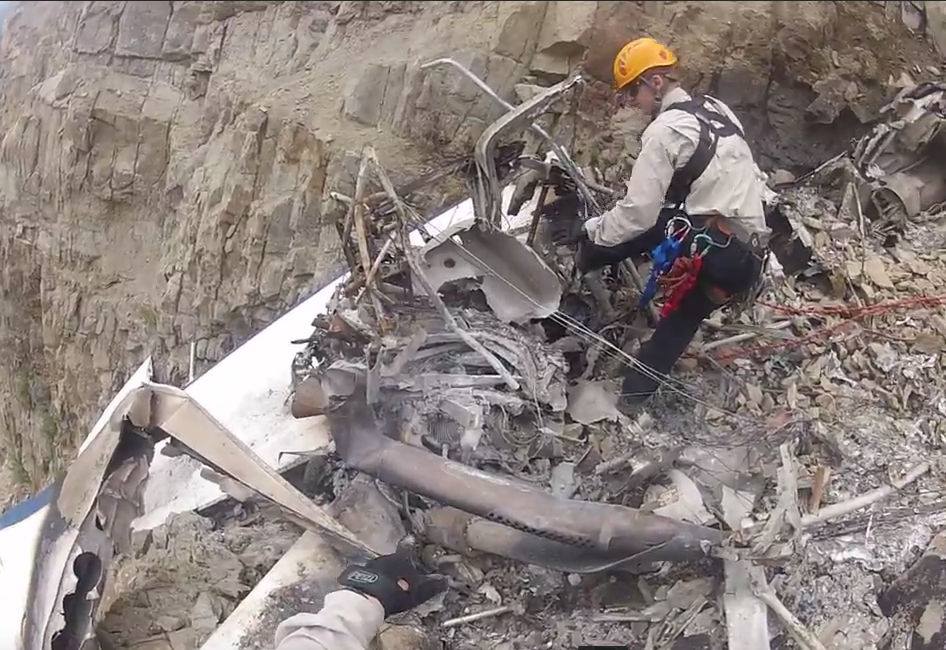
Crash of a Rockwell Aero Commander 700 in Beaverdell
Date & Time:
May 31, 2016 at 2125 LT
Registration:
C-GBCM
Survivors:
Yes
Schedule:
Boise – Kelowna
MSN:
700-27
YOM:
1980
Crew on board:
1
Crew fatalities:
Pax on board:
5
Pax fatalities:
Other fatalities:
Total fatalities:
0
Circumstances:
The twin engine aircraft performed a technical stop in Boise, Idaho, enroute from Arizona to Kelowna. While flying at an altitude of 8,500 feet, both engines failed simultaneously. The pilot reduced his altitude and attempted an emergency landing in a flat area located near Beaverdell, about 37 miles south of Kelowna. By night, the airplane crash landed in a Christmas tree plantation, hit several trees and a fence and eventually came to rest. All six occupants evacuated safely while the aircraft was damaged beyond repair. According to preliminary information, there was still enough fuel in the tanks, and investigations will have to determine the cause of the double engine failure.

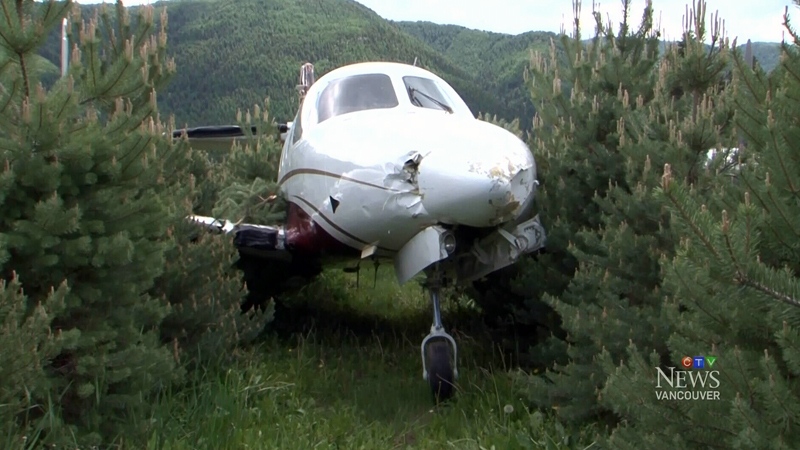
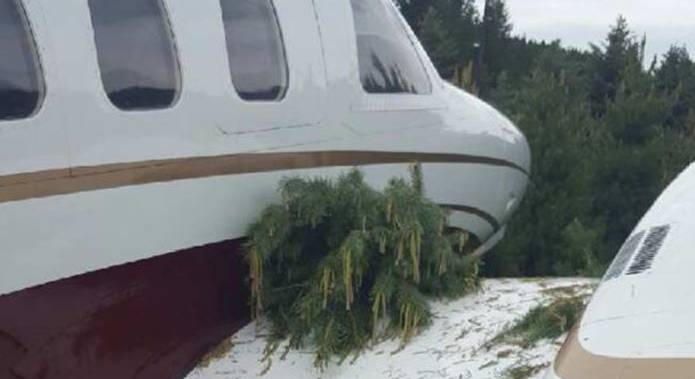
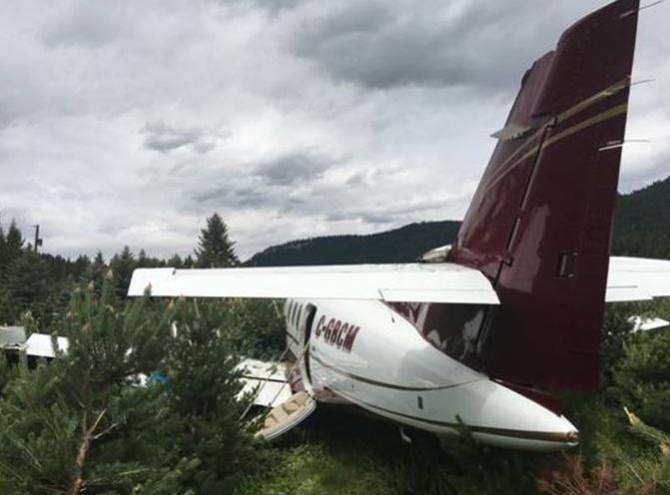


Crash of a De Havilland DHC-2 Beaver I in Lumby
Date & Time:
May 10, 2016 at 1030 LT
Registration:
C-FMPV
Survivors:
Yes
MSN:
1304
YOM:
1959
Crew on board:
1
Crew fatalities:
Pax on board:
2
Pax fatalities:
Other fatalities:
Total fatalities:
0
Circumstances:
Shortly after takeoff from a private airstrip in Lumby, the airplane suffered engine problems. The pilot elected to make an emergency landing when the aircraft crashed in a prairie located 300 feet from a house, bursting into flames. All three occupants evacuated with minor injuries and the aircraft was destroyed by a post crash fire. The pilot and both passengers were en route to the south of the province when the accident occurred.
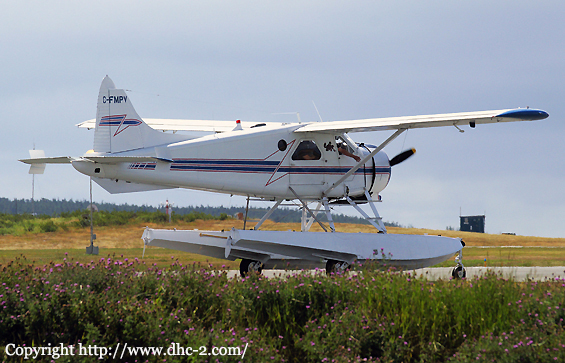
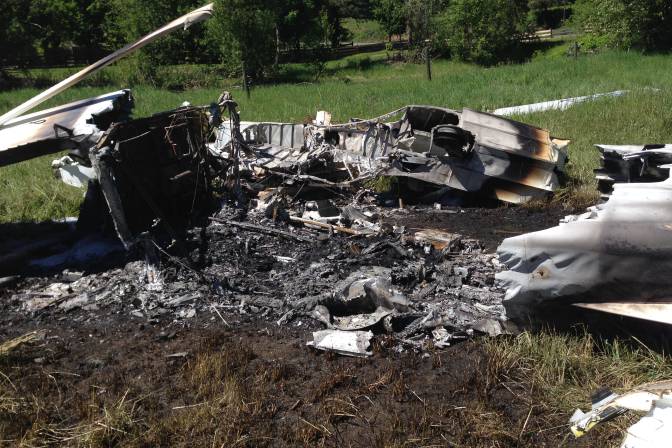
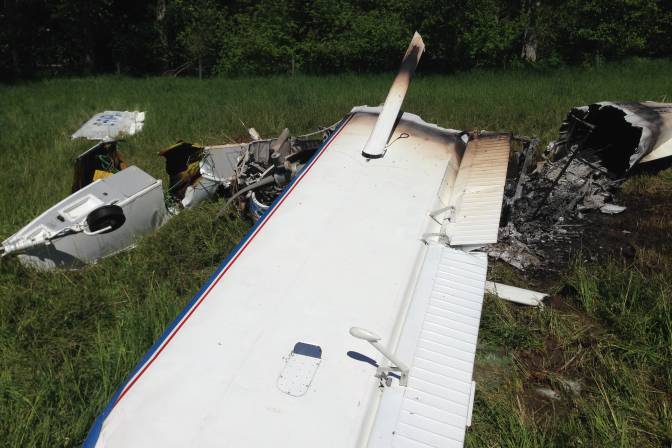

Crash of a Convair CV-580 in Manning
Date & Time:
May 5, 2016 at 1611 LT
Registration:
C-FEKF
Survivors:
Yes
Schedule:
Manning - Manning
MSN:
80
YOM:
1953
Flight number:
Tanker 45
Crew on board:
2
Crew fatalities:
Pax on board:
0
Pax fatalities:
Other fatalities:
Total fatalities:
0
Circumstances:
The aircraft was engaged in a fire fighting mission over the Fort McMurray area as 'Tanker 45'. Following an uneventful mission, the crew returned to Manning Airport. After landing on runway 25, the aircraft suffered directional control problems and veered off runway to the right. It collided with a drainage ditch, lost its nose gear and came to rest in a grassy area. The propeller separated from the right engine while the propeller on the left engine was bent. The fuselage broke in two just behind the cockpit area. Both pilots evacuated with minor injuries.

